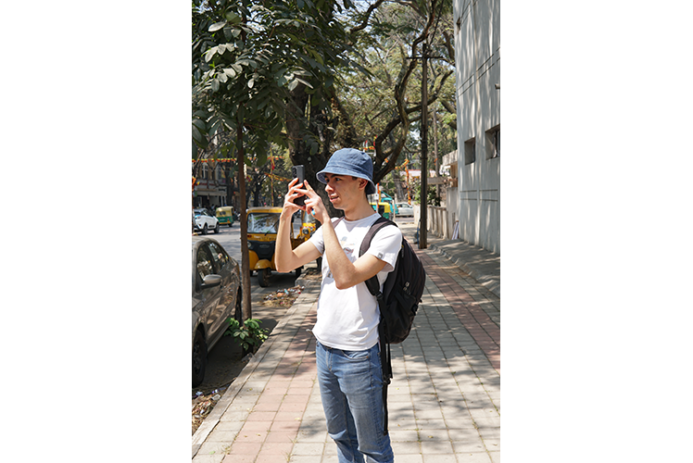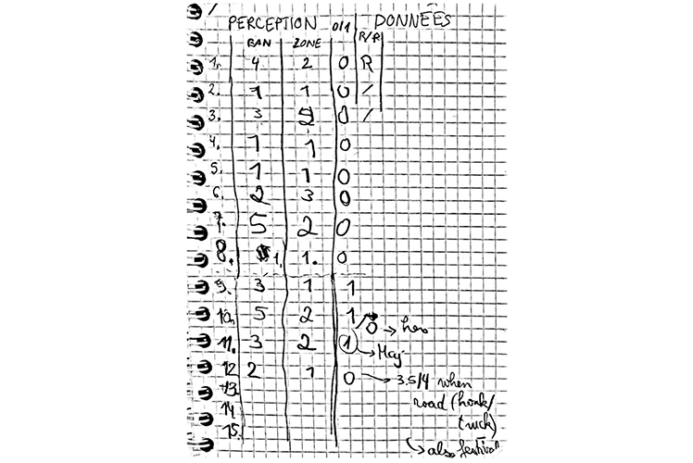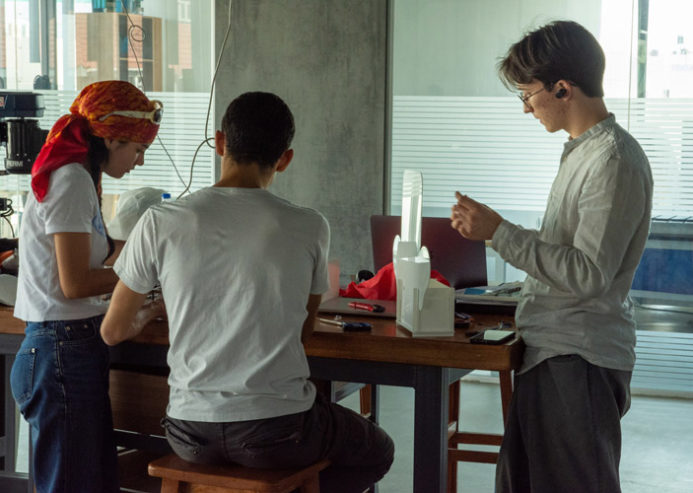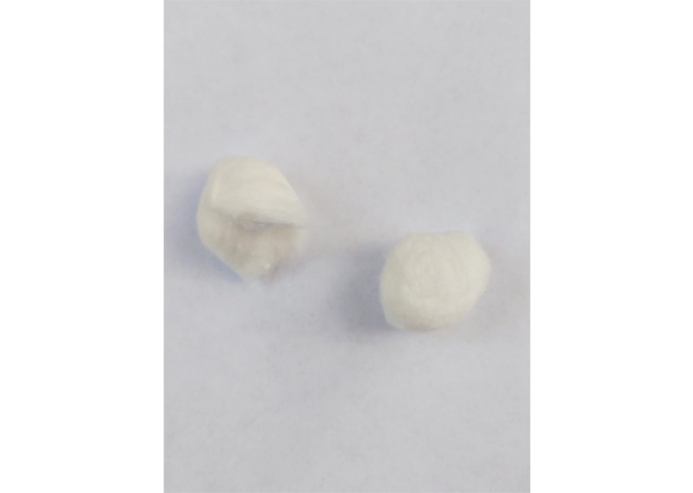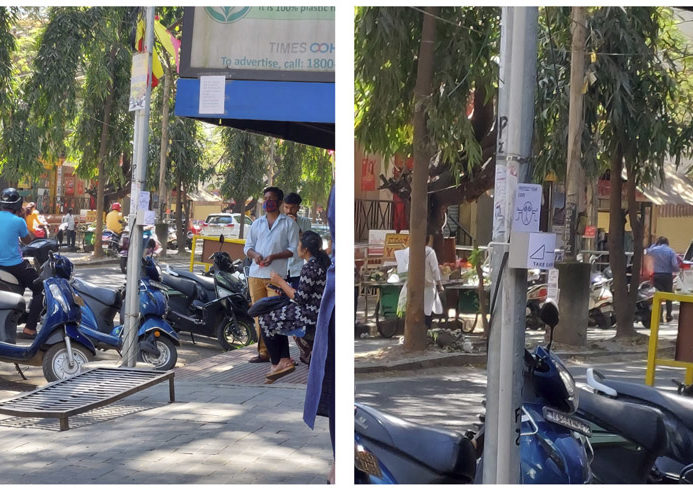Bengalear
Raising awareness on the health risks of prolonged loud noise exposure
”
Basile AvvanzinoProduct Design, ECAL
”
Anne PerrottetPolitical Economics, UNIL
”
Sabri El AmraniRobotics, EPFL

How might we support noise-related data creation, collection, and use?
Students observed that the noise level on the streets in India is high, which can have a negative impact on people's health. While conducting interviews, they found that many local residents are accustomed to the noise and consider it normal. However, they also discovered that many people experience tiredness, headaches, and confusion after being on the street for a prolonged period.
The state of Karnataka only has 15 noise sensors, which are insufficient to gather the necessary data to initiate change.
Moreover, the Indian government's health policy acknowledges the negative impact of noise pollution on people's health and has made efforts to reduce it. The National Health Policy 2017 states that "noise pollution affects human health and well-being, causing annoyance, sleep disturbance, anxiety, hypertension, and cardiovascular diseases." It also mentions that noise pollution control measures need to be strengthened, and the Indian government aims to "reduce noise pollution levels by 10 dB(A) in 5 years, and 15 dB(A) in 10 years."
2. Solution Definition
Creating awareness-raising pop-up systems and affordable noise sensors grid in the city
"Bengalear" aims to raise awareness about the negative impact of noise pollution on people's health by distributing free ear protection and designing cheap DIY noise sensors that can be easily built and installed by anyone. The sensors will be connected to a centralized dashboard that will inform policy making and implementation. By providing data on the noise level, the project hopes to raise awareness among local residents and policymakers and initiate change to improve people's health.
3. Prototype Validation
Testing in real conditions
The team created various prototypes of street distributors that engage pedestrians and explain the problem visually. They also built and tested a technical noise sensor prototype. The next step is to create an aggregator app that will visualize noise in the city and enrich existing tools. The app will allow users to see the noise level in different areas of the city and understand the impact of noise pollution on their health. The goal is to create a platform that raises awareness and empowers residents to take action on noise pollution issues. By providing data and tools to measure noise pollution, the project aims to initiate change and improve people's health in the long run.

